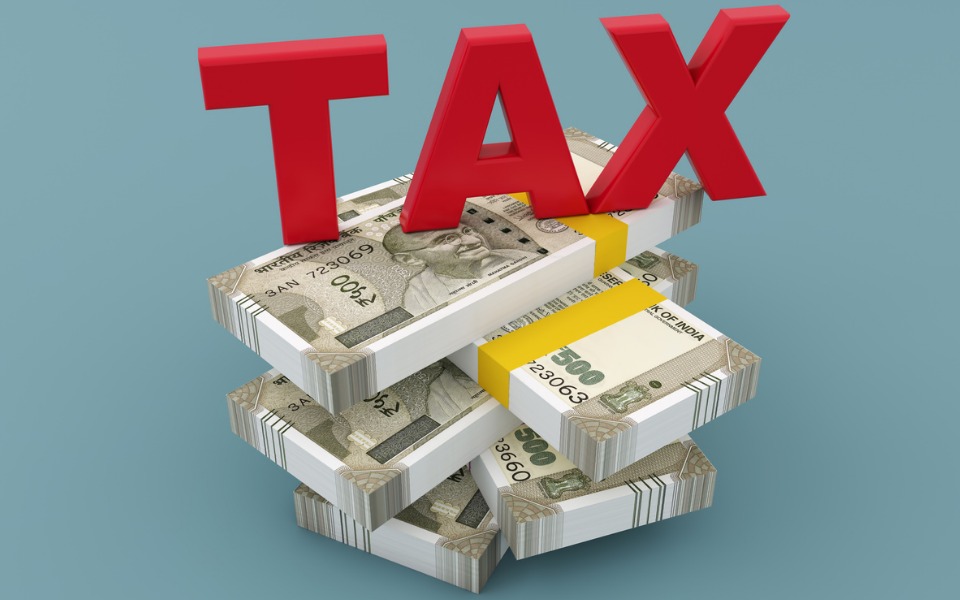
Budget 2023: 5 wishes of the salaried middle-class taxpayer
Before every Budget, we wish for the pressure on our pockets to ease. As we wait for the Union Budget 2023, here are five wishes that would resonate with most salaried taxpayers

As Union Budget 2023 approaches, taxpayers eagerly await relief in the form of lower personal income tax rates, increased deductions, and additional tax exemptions.
Do you have a wish list ready? While not all wishes may be fulfilled, there is nothing wrong in approaching Budget day with a lot of hope and optimism. You never know when it is your lucky day.
With that in mind, I list down Budget wishes that would resonate with most salaried taxpayers.
Lower taxes and simpler tax regime
When it comes to tax rates, they are never low enough until zero. Hence, let us not go there, but there is a need to simplify tax structure. It is just too complex.
There are two tax regimes. The old regime has higher taxes but allows you to take tax deductions. The new one offers lower taxes but does not allow deductions. The difference in tax liability between the two regimes is not much, and this is confusing for taxpayers. Why not have just one tax regime? Or, if the government wants two regimes, reduce the tax rates in the new regime even further.
Also read: Budget 2023-24 | FM will have to focus on easing tax compliance
The minimum exemption limit is Rs 2.5 lakh, but you do not have to pay any tax if your income is up to Rs 5 lakh due to tax rebate under Section 87A. Why not increase the tax exemption limit for everyone to Rs 5 lakh?
The long-term capital gains on different kinds of assets are taxed in a different way. The long-term holding period is one year for stocks and equity funds, two years for residential real estate, and three years for debt funds and gold.
Long-term capital gains on equity funds are taxed at 10% without indexation, while the other capital assets enjoy indexation benefits. It is better to have the same long-term holding periods and indexation benefits for all the capital assets.
Increase the tax benefit limit under Section 80C
This is the most common tax benefit, and everyone tries to get the maximum benefit.
There are many eligible investments and expenses, such as life insurance premia, EPF, PPF, ELSS, five-year tax-saver FDs, home loan principal repayment, and kids’ tuition fee.
Also read: Budget 2023-24 | Centre may hike capex on railway despite poor utilisation record
The list is so wide that many invest/spend more than the benefit limit of Rs 1.5 lakh under the eligible heads.
Hence, taxpayers would welcome an increase in the Section 80C limit from Rs 1.5 lakh to 2–2.5 lakh per annum.
A bigger tax benefit for home loan interest payment under Section 24
The prices of residential properties are rising. It has led to bigger home loans and bigger home loan EMIs.
A home loan EMI is usually the biggest burden on the pockets of middle-class families, and tax benefits on home loan repayment help soften the blow. You get relief of up to Rs 1.5 lakh for principal repayment under Section 80C and Rs 2 lakh for interest payment under Section 24. However, the tax benefits are capped, and you may not get the benefit for the entire payment.
The home loan EMIs are usually difficult to negotiate in the initial years, as the salaries/incomes are still growing and may not be very high.
Also read: Budget 2023-24 | Centre may peg capex, trim subsidy spend: Goldman Sachs
During the initial years, the interest component of EMIs is quite high. For a Rs 50-lakh loan at 8% p.a. for 20 years, the EMI will be Rs 41,822. In the first year, you will pay interest of Rs 3.96 lakh. The principal repayment is only Rs 1.05 lakh. However, the tax benefit for interest payment is capped at 2 lakh per financial year. While you can carry forward this excess interest for set-off in the future years, you would want this tax benefit when you need it the most. Now.
Home loan borrowers would wish for an enhancement in the benefit limit under Section 24 to at least Rs 3 lakh to 4 lakh per annum.
Increase in tax benefit for health insurance premiums
Healthcare costs are rising, and taxpayers see merit in buying adequate health coverage for the family. However, health insurance plans do not come cheap, and the annual premium even for a young family of four can easily go to Rs 30,000–40,000. Again, the tax benefits provide relief.
You can claim deduction for health insurance premium paid up to Rs 25,000 per annum under Section 80D. The taxpayers would welcome an increase in the limit from Rs 25,000 to Rs 50,000 per annum.
Allow us to put more into PPF
Public Provident Fund (PPF) is one of the best investments for your long-term fixed income portfolio. You get tax benefit on investment under Section 80C, interest is tax-free, and the maturity proceeds are exempt from tax. However, you can only invest a maximum of Rs 1.5 lakh per annum.
Also read: Budget 2023 | I belong to middle class, understand their pressures: FM
Many investors would want an increase in the annual investment limit in PPF from the current Rs 1.5 lakh to at least Rs 2 lakh per annum, even if the additional amount does not fetch any tax benefit under Section 80C. At a time when the government has gradually brought EPF under tax ambit, it seems too much to ask for, but no one can stop you from wishing.
(Deepesh Raghaw is a SEBI-Registered Investment Adviser and writes at www.PersonalFinancePlan.in)


